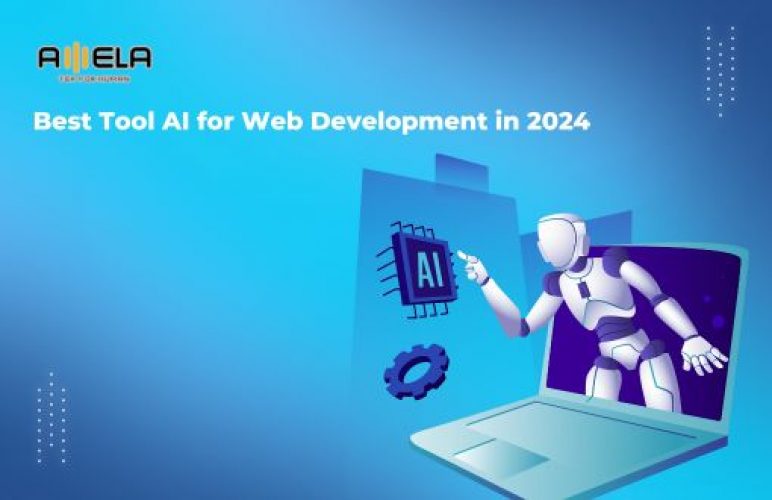
Top Android App Development Company: What Enterprises Should Look for
Choosing the top Android app development company is a critical decision for any enterprise aiming to succeed in today’s competitive digital landscape. With the right Android app development services, businesses...
View detail
![[Live Update] Bridging the ICT Sectors of Hong Kong and Vietnam At The Vietnam ICT Service Conference 2024](https://amela.tech/wp-content/uploads/2024/09/vietnam-ict-alliance-powers-up-for-the-2024-service-conference-1-772x500.jpg)






